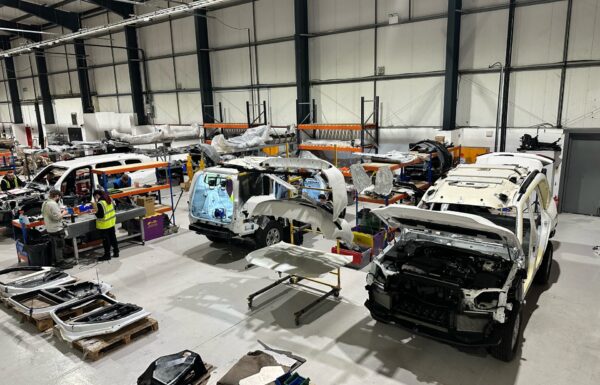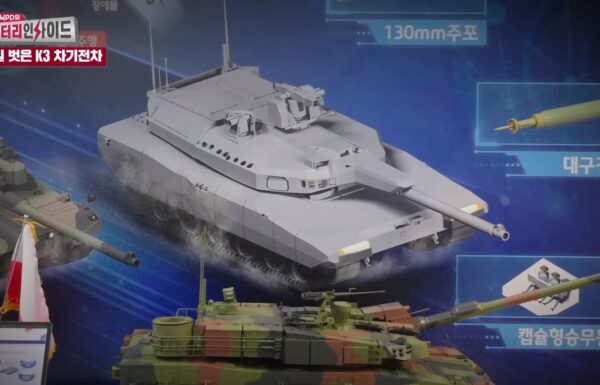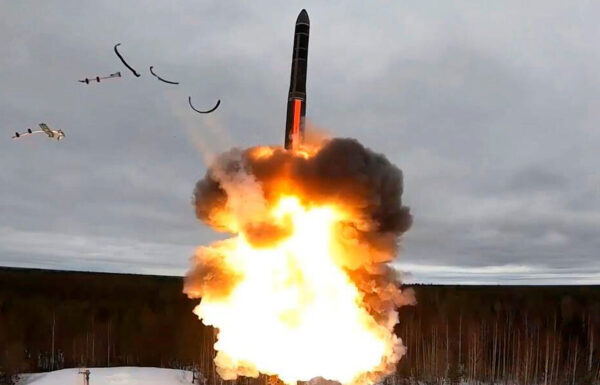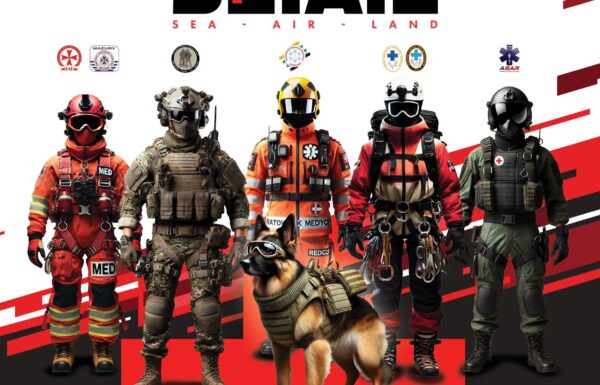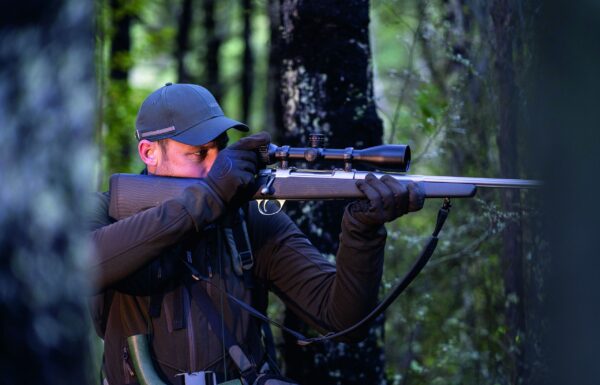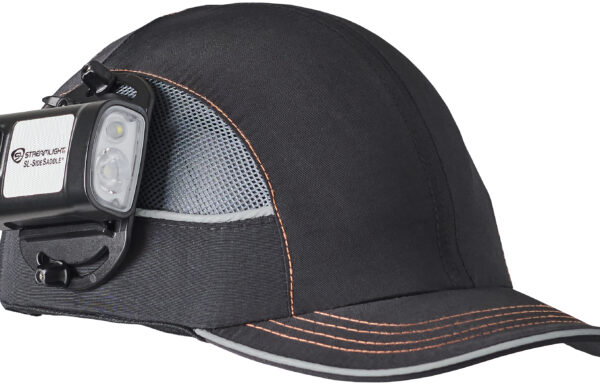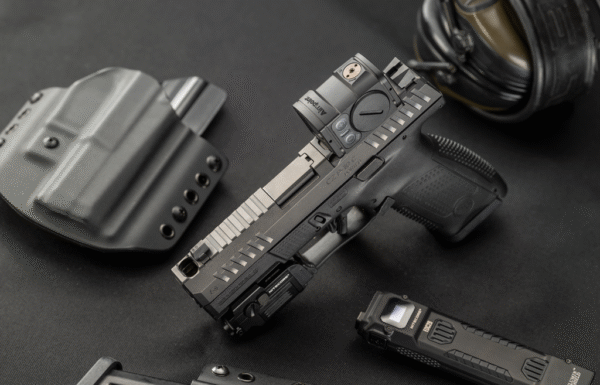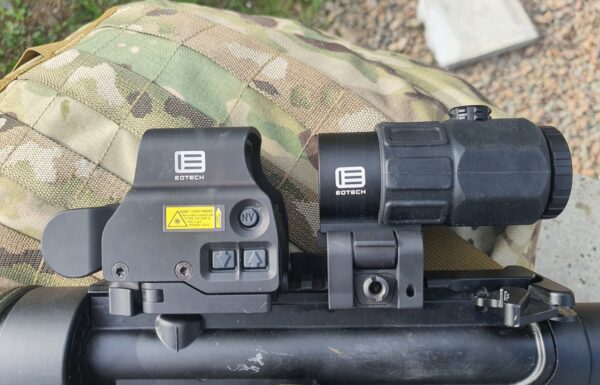The beginnings of the Korean armored program
In 1969, because of the ongoing Vietnam War, the USA announced the Nixon Doctrine for Asian countries, including the Republic of Korea. Under this doctrine, Washington reduced both its military guarantees and armed interventions. In 1971, the withdrawal of 20,000 American soldiers stationed in Korea began. This reduced American influence but also caused political turmoil in Seoul, which had relied on armament from the United States until that moment. Therefore, in 1974, the Yulgok program (lasting until 1986) was initiated to develop indigenous armaments and enhance the overall military strength of the Korean armed forces.
The political crisis and tensions between South Korea and North Korea persisted throughout the 1970s. The South Korean military headquarters in Seoul received information that the North Korean army had a tank fleet of about 1600 T-54/55 and T-62 tanks, and the regime possessed its own production capabilities. This was confirmed in February 1976 when the USA provided satellite images of multiple tank production lines in North Korea.
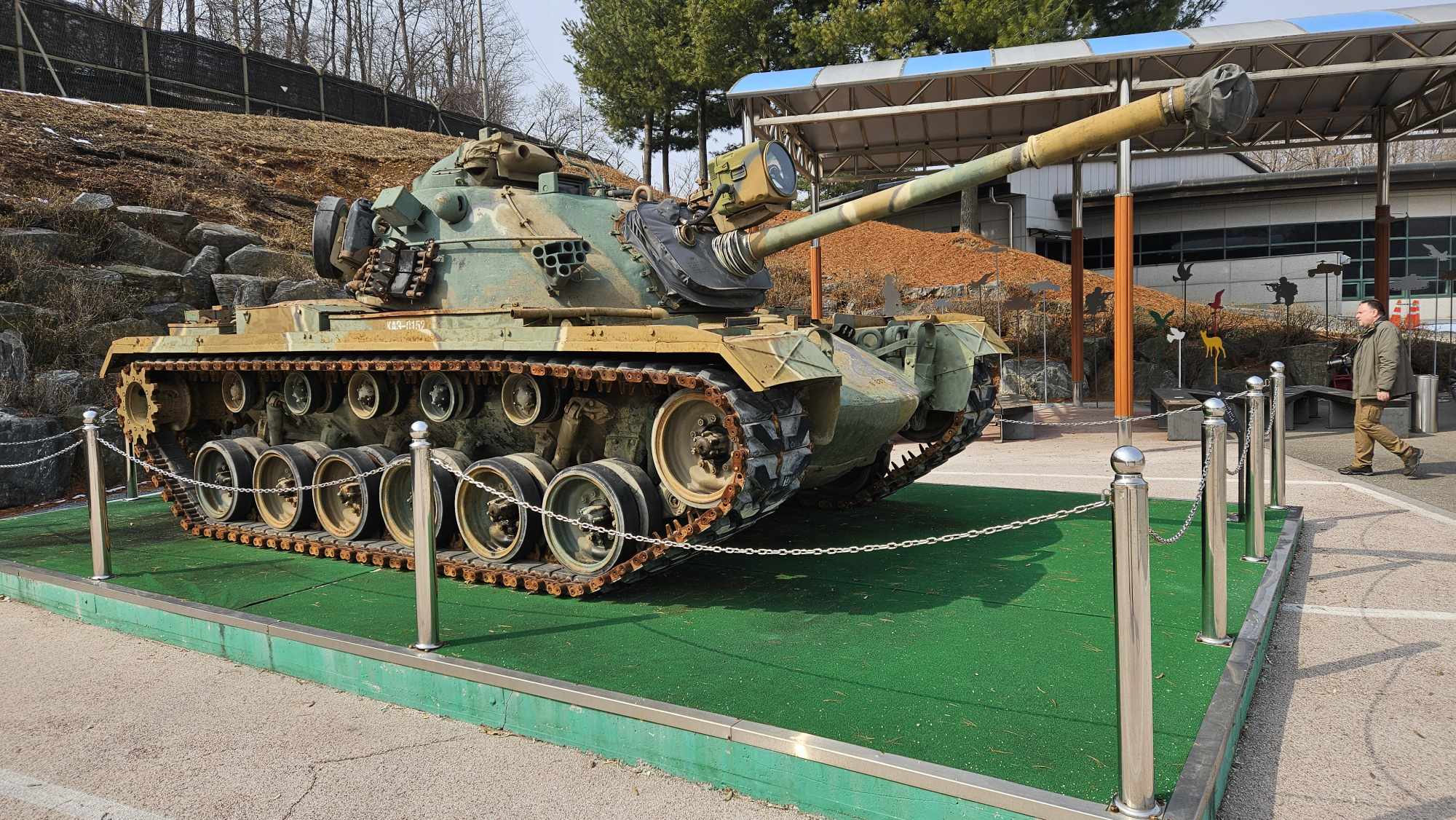 M48 tank with 105 mm gun / Photo: Jakub Link-Lenczowski, MILMAG
M48 tank with 105 mm gun / Photo: Jakub Link-Lenczowski, MILMAG
South Korea experienced a crisis as a result. In July 1975, the president approved the initial plans, and in 1977, Hyundai Precision & Industries Corporation was established with the goal of modernization of the M48A1/M48A2 to the M48A3K standard (with a 90mm gun) / M48A5K (105mm) and development a new tank.
At first, the Korean authorities turned to the USA for a license to produce M60A1 tanks, planning later development of a Korean tank. However, the United States rejected the request, considering South Korea’s production and economic capabilities, as well as the threats from North Korea, unrealistic. In response, South Korea began negotiations with the German company Krauss-Maffei Wegmann (KMW) to discuss the production of the Leopard 1 under a license and the development of a new tank. As negotiations dragged on, Seoul eventually abandoned the idea of acquisition of the Leopard 1, also due to opposition from the Korean army leadership regarding the specifications of the German tank, maintenance issues, and overall dependence on American equipment.
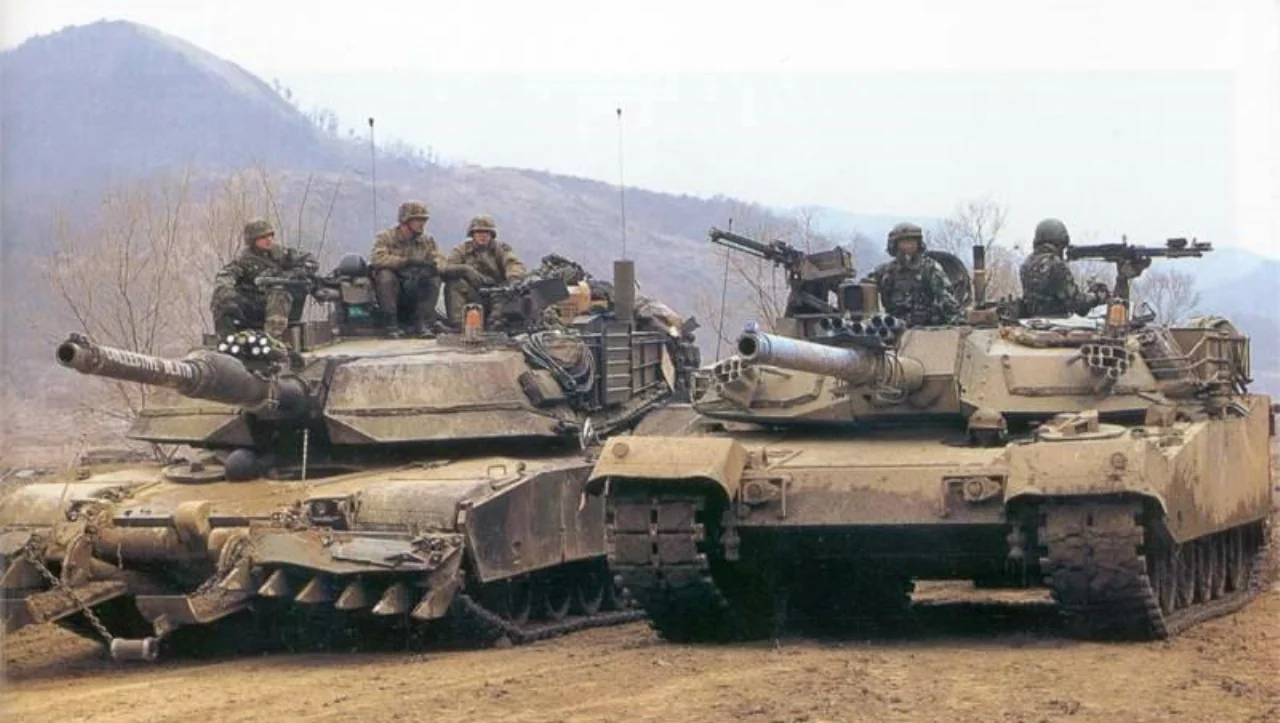 M1 Abrams and K1 tanks / Photo: Public domain
M1 Abrams and K1 tanks / Photo: Public domain
As a result, the Ministry of Defense of the Republic of Korea launched a new program aimed at developing a third-generation tank similar to the M1 Abrams in collaboration with foreign defense contractors and using its own technology. This program was codenamed ROKIT (Republic Of Korea Indigenous Tank), and Seoul once again began negotiations with the US government and American companies. As a result, Korea received proposals for cooperation in developing a new tank from Chrysler Defense and AAI.
Chrysler proposed launching a tank project similar to the M1 Abrams but adapted to Korean requirements. This was the best option for Seoul, so in 1976, Chrysler Defense was chosen as the tank designer under the ROKIT program.
 ROKIT tank mock-up made by AAI / Photo: Public domain
ROKIT tank mock-up made by AAI / Photo: Public domain
AAI separately offered a 36-ton ROKIT tank with four crew members, powered by an 800 HP Detroit Diesel 12V71 TA engine, equipped with a 105mm M68 gun, and autoloader. However, due to its lightweight, compact hull, high cost, and mismatch with Korean requirements, AAI’s proposal was rejected, and further design work was entrusted to Chrysler.
XK1 Tank Prototype
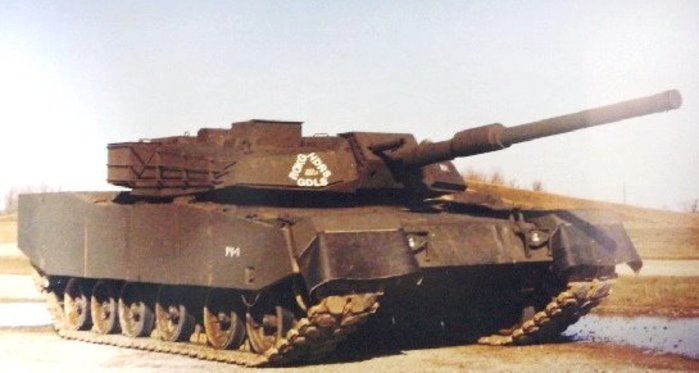 XK1 PV-1 Tank Prototype / Photo: Public domain
XK1 PV-1 Tank Prototype / Photo: Public domain
In May 1978, the Korean government signed a memorandum of understanding with the US government regarding the development of a tank under the ROKIT program. Work began in 1981, and despite Chrysler Defense being sold to General Dynamics and renamed General Dynamics Land Systems (GDLS) in March 1982, developmental work continued. Korea sent teams from the Agency for Defense Development (ADD) and Hyundai Research and Technology to participate in the development process and facilitate technology transfer.
The prototype tanks were given the working name XK1, and the first prototype, XK1 PV-1, was built in August 1983 as an automotive test rig (ATR), so its turret was non-functional.
 XK1 PV-2 Tank Prototype / Photo: Public domain
XK1 PV-2 Tank Prototype / Photo: Public domain
The second prototype, XK1 PV-2, was built in November 1983 as the Fire Control Test Rig (FCTR), and the Korean industry developed basic equipment, such as the fire control system. Both the XK1 and early K1 tanks used fire control systems (Nd:YAG laser rangefinder and the Gunner’s Primary Sight System, GPSS) from Hughes Corporation. However, they were later replaced with the Gunner’s Primary Tank Thermal Sight (GPTTS) from TI Corporation in the K1 starting from the 478th serial unit, and the commander’s sight was replaced with the VS-580 from SFIM Industries.
 Test firing of XK1 PV-2 Tank Prototype / Photo: Public domain
Test firing of XK1 PV-2 Tank Prototype / Photo: Public domain
The XK1 tank had numerous technical safety requirements, and its test evaluation began in 1984 at the American Aberdeen Proving Ground and lasted for a year, during which engine and mobility issues arose.
In particular, the required performance was not met during tests conducted from December 1983 to April 5, 1984.
| REQUIREMENTS |
PERFORMANCE |
|
|
Acceleration verification test |
10.5 seconds | 14.6 seconds |
| 0 to 30.5 kph (19.8 mph) | 0 to 30.5 kph (19.8 mph) | |
| Driving on 60% slope | 14.5 kph (9.7 mph) | Failed |
| Driving on 10% slope | 24.2 kph (15.2 mph) | 29 kph (18.6 mph) |
|
Fuel consumption test |
235.21 L per 100km (1.0 mpg) |
392.02 L per 100km (0.6 mpg) |
The engines of prototypes PV-1 and PV-2 were damaged on March 13 (loss of power) and April 5, 1984 (malfunction during transport to the proving ground), respectively, and the investigation revealed piston and VCR valve damage. The engines were repaired. On June 14, endurance tests of prototype PV-1 resumed, but on June 16, an engine fire broke out, leading to the suspension of all tests. As a result, the engine was the main cause of the initial XK-1 failures.
 AVCR-1790 engine used by XK-1 / Photo: Defense Media Agency
AVCR-1790 engine used by XK-1 / Photo: Defense Media Agency
The first two XK1 tanks, PV-1/PV-2, built in the United States, were equipped with the Continental AVCR-1790 diesel engine, but earlier tests showed that they were unreliable. As a result, the XK-1 prototype powertrain design was changed, equipping it with the MTU MB-871 Ka-501 engine. However, the ZF LSG-3000 gearbox remained unchanged.
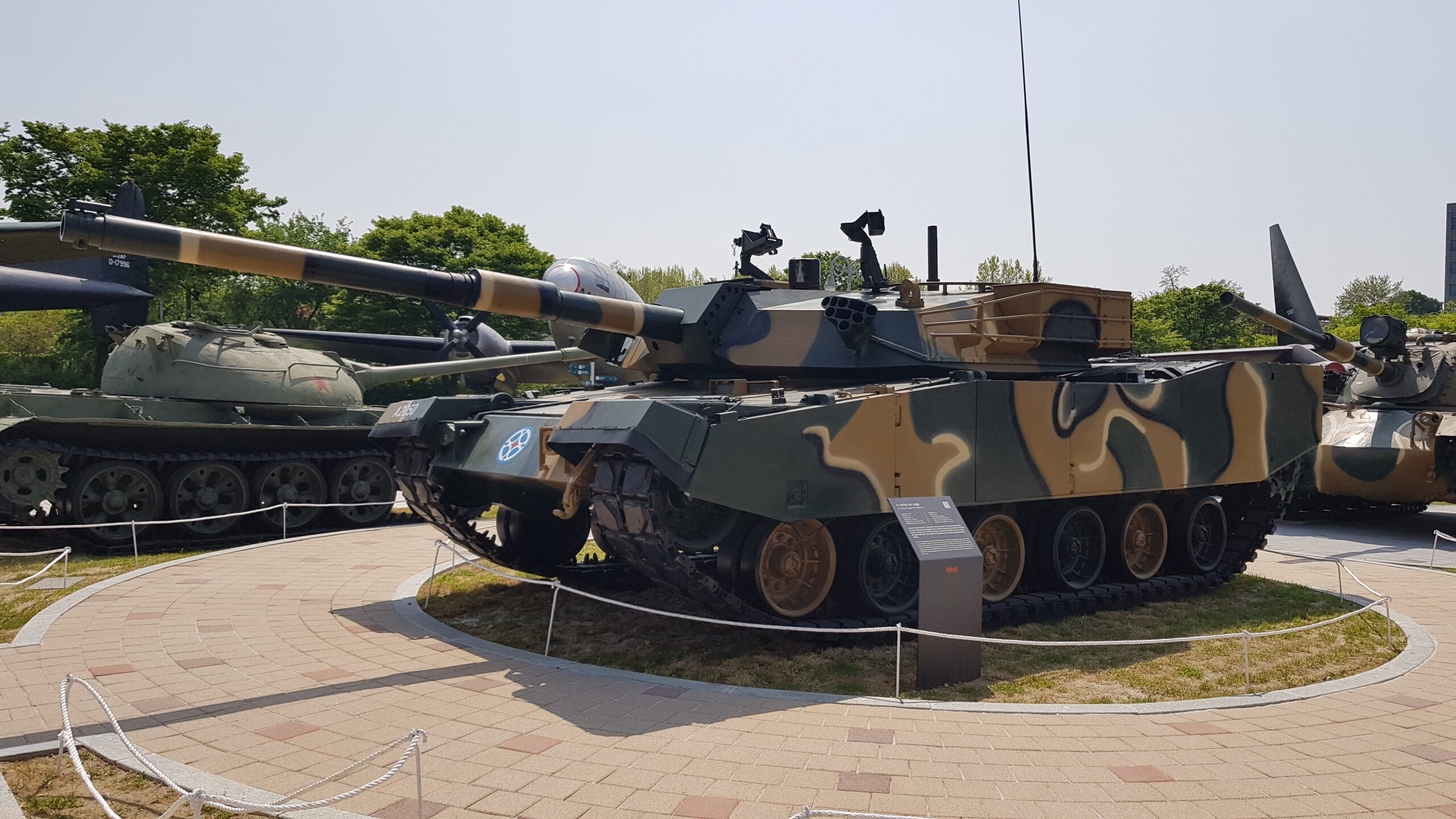 XK1 Prototype / Photo: HyunMin Park, MILMAG
XK1 Prototype / Photo: HyunMin Park, MILMAG
Additionally, to facilitate domestic production, testing was continued in Korea, resulting in a total of five XK1 prototypes, including three in the USA.
In Korea, the XK1 prototypes were operated and improved not without difficulties, and development was ultimately completed in 1985. Starting from July 1987, the K1 tank was mass-produced at the Hyundai factory in Changwon, with 1027 units produced under the official name K1, where “K” stands for “Korea”.


